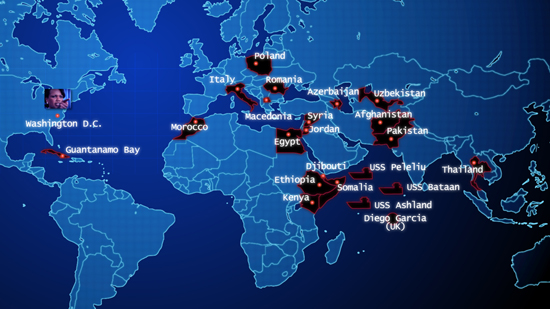By Carolyn Abdenour
Impunity Watch Reporter, Africa
MBABANE, Swaziland – On Wednesday, 7 September, police fired rubber bullets and tear gas to disburse crowds during a protest against Africa’s last monarch King Mswati III. Police action led to the hospitalization of six people for injuries, including head injuries. Officials attempted to disburse the rally when representatives from the Congress of South African Trade Unions (“COSATU”) attempted to address the crowd.
Sibongile Mazibuko, head of the Swaziland National Association of Teachers, said “When COSATU representatives got up to speak, police gathered to remove them. The crowd tried to protect them. There were gunshots (of rubber bullets), teargas.” The organization reports officials beat Swazi union leaders, and they will deport COSATU leaders.
Swazi unions invited COSATU to join their marches for the “Global Week of Action”. The protests called for an end to Mswati’s twenty-five year absolute monarchy. Approximately forty-five COSATU representatives traveled to Swaziland to participate in the marches. The marches began on Monday in Mbabane. On Wednesday, the security forces used the rubber bullets and tear gas after about 1,000 students threw stones and bottles at them. Coordinator of the Swaziland United Democratic Front Sikelela Dlamini reports, “Some people were beaten to a pulp.”
A march also took place in Manzini where 5,000 people gathered at a non-violent stand-off with the police. The police reacted similarly to Mbabene in the town of Siteke towards 3,000 unarmed and peaceful protestors. However, a police spokesperson stated a police officer was injured in the skirmish. At these protests, the police arrested and beat several protesters.
On 9 September, COSATU and Swaziland Democracy Campaign will hold marches at South African Reserve Bank branches. More violence may also arise when activists deliver a petition to end Mswati’s rule. These activists are inspired by the North African uprisings against autocratic rulers.
Corruption and declining customs revenue have forced Swaziland into a financial crisis. Custom revenue represented about two-thirds of Swaziland’s revenue. However, custom revenue diminished during South Africa’s 2009 recession. This financial crisis had created a shortage of medication in the country.
To combat the crisis, the government has cut student allowances and frozen civil servant salaries rather than royal household or military spending. The Swazis advocate that Mswati cut the spending that support the his lavish lifestyle and that of his thirteen wives and children. Mswati’s fortune estimates $200 million.
For further information, please see:
Boston Globe – Protesters against Swaziland king clash with police – 8 Sept 2011
Reuters – Thousands march against Swaziland king – activists – 8 Sept 2011
The Botswana Gazette – South Africa unionists deported in Swazi protest crackdown – 8 Sept 2011
Times of Swaziland – 45 COSATU members here for protest march – 7 Sept 2011




